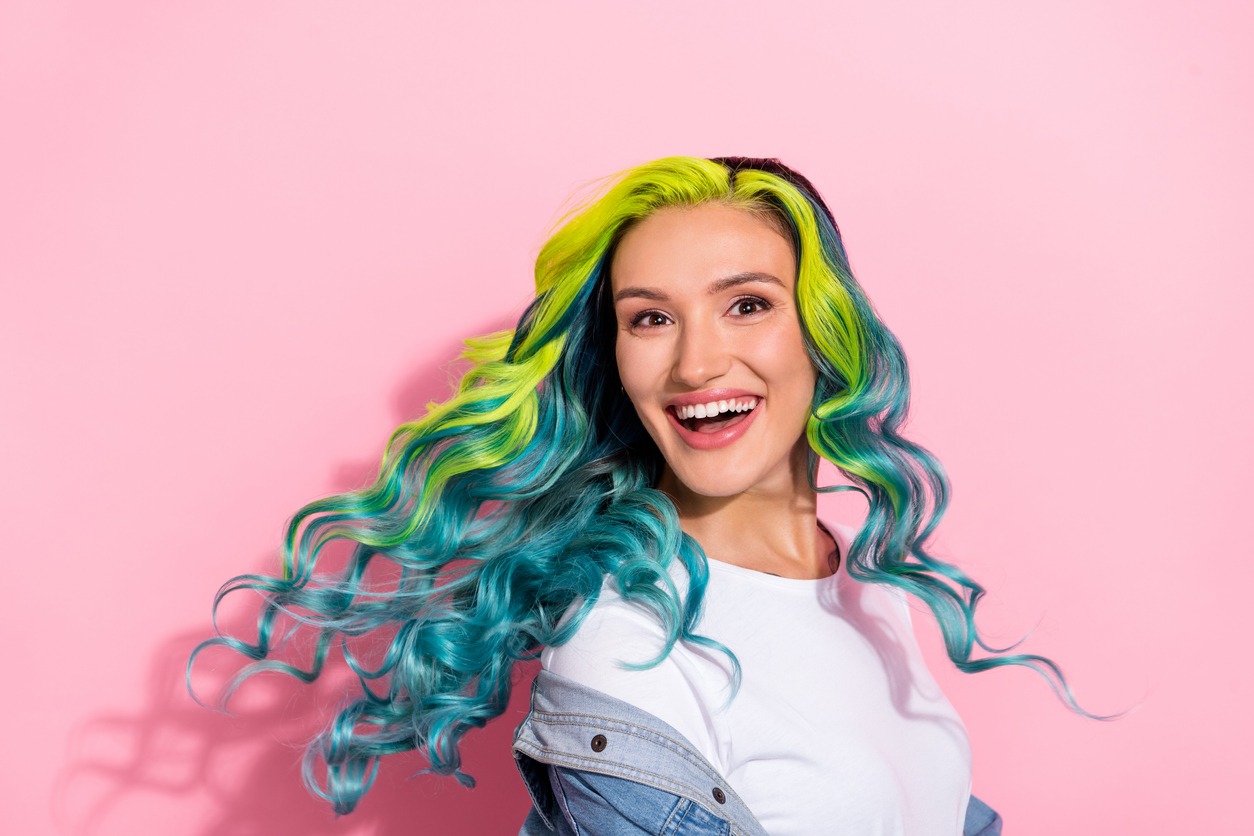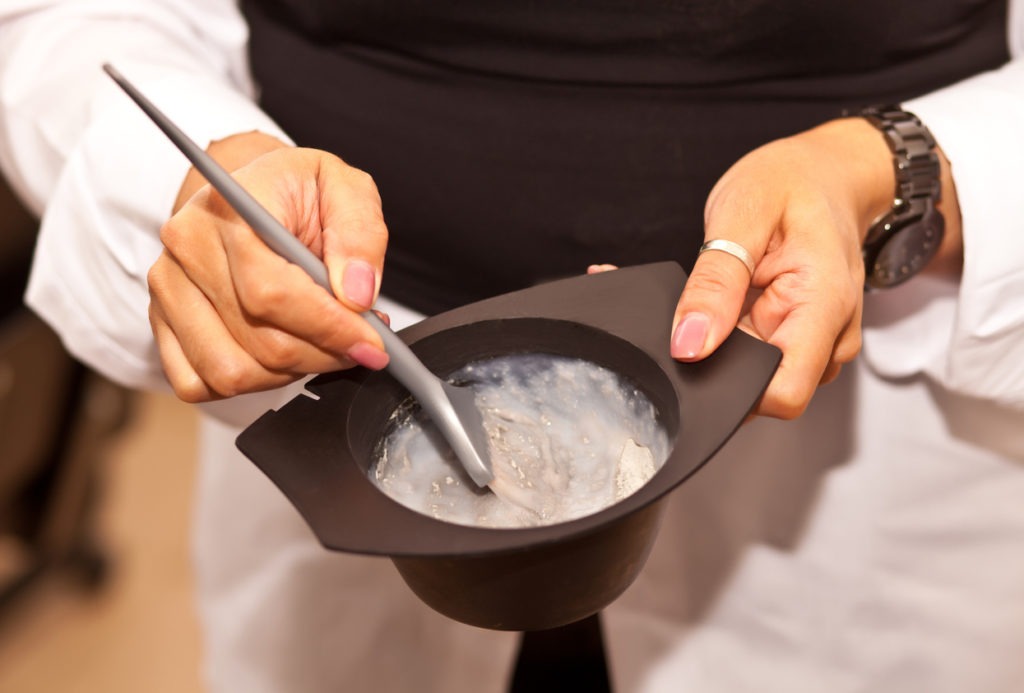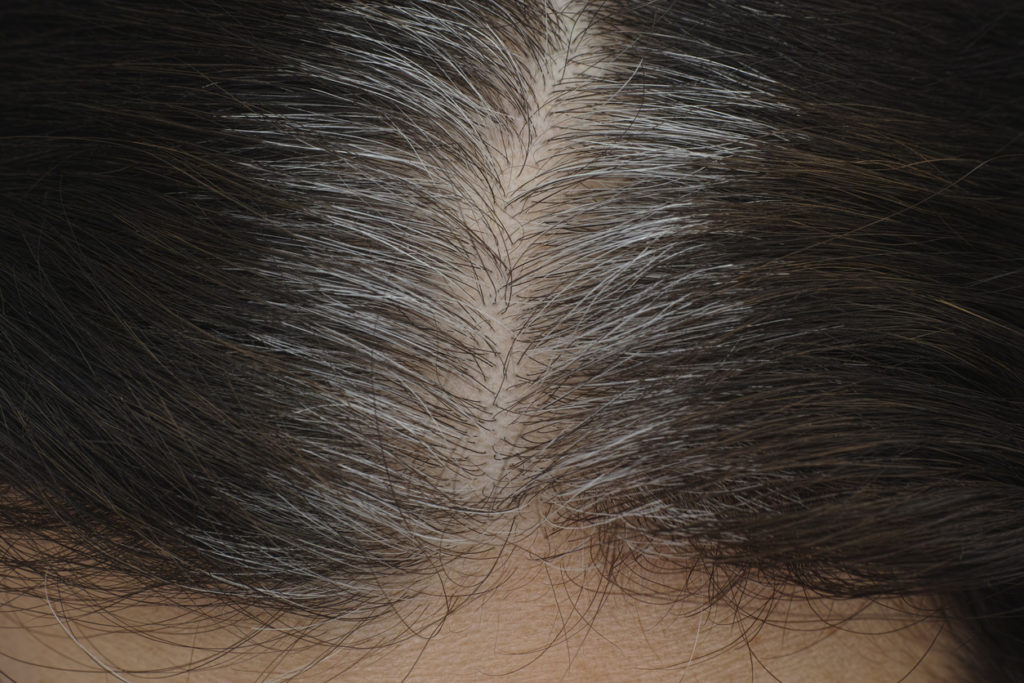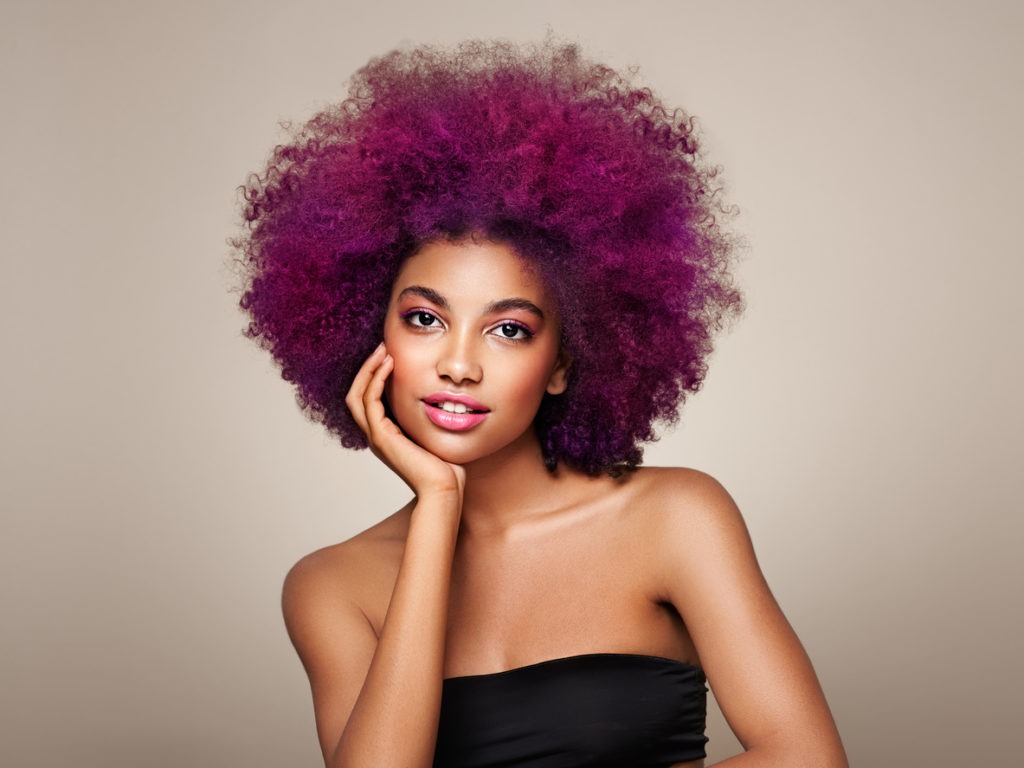You may come across someone with beautiful hazelnut or blonde hair and ask yourself; is this real? Chances are that this might not be their natural hair color and could simply be an outcome of hair dyes.
Many hair dyes are healthy while many others could be toxic as well. Certain hair dyes perform better than others. Nonetheless, hair dyeing is one of the most common practices and surely, many of us love coloring our hair.
History of Hair Dyeing
Greek Historian, Diodorus Siculus, describes that in ancient times of 1600-1700s, the Celtic people dyed their hair using a range of organic techniques and materials. Some of these techniques were fine while the others simply appeared terrifying.
The ancient Celtic people bleached their hair and washed it several times a day. This would automatically change the coloring of hair in a few days. Some people used bleach along with lime for the hair and combed them back from their foreheads which gave an instant shaggy look to the hair giving them a dark brown color.
Henna was one of the first ones which is even used today in South Asian Culture. Turmeric, amla, and seena were also popular in the beginning. Hair dyeing dates back to the 1860s when the first synthetic dyes for hair were discovered. In 1907, the founder of L’Oreal finally created the first synthetic dye while many other companies entered the industry later onwards. Today L’Oreal stands as one of the best brands of all kinds of cosmetic products.
Off-Scalp Hair Dye Techniques
Traditionally, only one particular color was applied to the hair and that was done all over, but modern hair dyeing involves multiple colors with design patterns. Recent trends show that there has been more demand for highlighting, lowlighting, and splash lighting than before. Highlighting requires hair treatment with lighteners while low lighting requires treatment of hair with dark colors.
On the other hand, splash lighting is relatively unpopular. This involves hair bleaching from ear to ear in a horizontal manner.
1. Foiling Technique
Perhaps the most common technique of hair dyeing is foiling. Expert hair consultants believe that this is quite an easy technique and could also color the hair most accurately. Foiling requires a piece of foil being applied to the hair. The foil has holes to take out and separate strands of hair from the head. Hair dye is then applied only to the desired strands while avoiding all other hair that are not intended to be dyed.
2. Balayage Technique
The only difference between this and the foiling technique is that there is no foil involved in this one. If you are interested in giving your hair a more natural look, this technique will help you in doing so. Balayage requires determined and accurate hand-painting of the hair which is one of the main reasons why it is relatively more expensive than others.
On Scalp Hair Dye Techniques
In case you are looking for a more solid and long-lasting hair dye experience, certain on-scalp hair dye techniques can be followed.
1. Root Touch Up
One of the most widely practiced hair dyeing techniques all over the world is the root touch-up formulation. In this method, the color is applied near the root of the hair which is generally the first inch of hair near to the scalp. The process is repeated after every month or so. As a result, when the natural color grows, it can also be colored using a root touch-up.
Not everyone has to pay for a professional to touch up their roots in a salon. Here are some tips on maintaining your roots at home.
One of the primary benefits of this hair dyeing technique is that it does not infuse hair dye in your hair at an excessive amount right away. Rather, it is a slow process to dye your hair fully which helps in balancing out the side effects of hair dyes.
2. All Over Color
When someone wants their hair dyed completely, they would go for an all-over color technique. In this technique, the hair is fully bleached before the hair dye mixture is applied. Usually, people do this when they are looking for a permanent hair color. This also completely changes the look of the person using the colors. For instance, if someone wants to go from black hair to a color, they will need to get their hair bleached first. After that, a professional will layer on dye colors until they can achieve the closest color possible to the client’s requirements.
3. Block Coloring
This is a simple one! If you want your hair dyed in multiple hair colors, the block coloring technique is used. The specialist uses the concept of primary and secondary colors to give the hair a unique and attractive look. In addition to that, block coloring is a method that is most helpful in developing color dimension and color contrasts.
We can think about block hair color as being similar to color block clothing or makeup, only it’s a more long lasting technique for the hair. This technique consists of taking a section of your hair and dyeing it in a contrasting shade to the rest of the hair. The shade will then stand out and create an eye-catching, fun look. Some may want just a single hair section for color blocking, while others may choose to add various shades throughout the hair on their head. It all depends on how adventurous they are and how much of a statement they want to make. Here are some options people can choose when they go for a color-blocking dye:
- Face-Framing Highlights: Highlights with high contrast are striking enough, but choosing the section that frames your face makes them even more so. In order to get this look, a hairdresser will first lighten or bleach the strands framing the face. The resulting shade should be three or more shades lighter than the hair’s base color. This will provide a statement look that immediately grabs attention.
- Colored Bangs: This focuses on dyeing just the bangs instead of all the strands framing the face. The contrast will still be a striking one.
- Hair Streaks: These are a trendy style that warrant an all-over block hair color. The stylist will work on adding streaks in high-contrast colors throughout the hair to achieve this look
- Colored Ends: One can also choose just the ends of the hair for their color block area. This involves making horizontal lines along the end of the hair. Some may also choose more than one color, meaning that the different shades are stacked on top of one another. This is not like ombré hair, as the focus is on creating a stark contrast. There’s no gradual or seamless fading when the shades change.
- Colored Roots: This is the opposite of having colored ends and a great way to cover up the roots while trying out a new trend. As the name suggests, you choose blocks of colors that start from the roots of your hair.
Benefits of Dyeing Hair
Hair is an important part of our body; for some people, it’s part of their identity and heritage. This is why we should take a look at the pros and cons of hair dyeing before going any further. Let’s start by checking out the benefits of dyeing hair:
Strength – One of the key benefits of dyeing hair is that it gives strength to the hair. This is mainly because the temporary hair dyes are usually an additional coating on the hair which makes them strong and not being broken easily. However, strength might not be a key benefit in the case of permanent hair dyeing.
Protection – Protect your natural hair by applying hair dyes to them. With the additional coating, heating the hair or over-exposing them to the UV rays of sunlight will not cause any damage to the internal hair. In addition to that, hair dyes give protection from environmental issues such as pollution.
Covering Gray Hair – A primary benefit of dyeing your hair permanently is that it eliminates all kinds of gray hair. Your hair gets singularity due to precisive dyeing. There are very few chances that new gray hair grows because the hair dyes are very strong in coloring and eliminate any chances of fading.
Style – Pick up a new hair color for a new kind of styling and varied hues. Some people may look way more attractive when they have dyed their hair in another color instead of their natural hair color. Create a new outlet for self-expression by dyeing your hair to a newer style.
Conditioned – When hair dyes are applied, they are automatically conditioned. As a result, one can easily tame their hair, making them more vibrant and interesting. In addition to that, permanent hair dyes require regular washing with a shampoo which becomes beneficial for hair health. Many ladies have also said that their hair got softer after they got them colored.
Confidence and Self-Esteem – Many people might want to do something new with their hair after a deeply negative experience in their life or when they’re starting a new chapter. For example, a woman may go to drastic measures and cut off her long hair after a breakup. A student starting college might also need a change to reflect her new life. Instead of going down this route, which some may regret later, getting a good hair dye can also make you feel like a new person. It can change someone’s look entirely, and you can always try something else later on if required. Overall, the new look might give a person confidence to move on in life and be the best version of themselves.
Downsides of Dyeing Hair
While dyeing hair might have some benefits, it’s only fair to check out some possible downsides as well. Here are some of the most common risks and disadvantages of dyeing your hair:
Hair Damage – Proteins are around 95 percent of every hair strand. These act like the singles of a roof by providing protection from UV rays, heat, and excessive moisture. Fortunately, permanent or even semi-permanent dye and bleach causes chemical reactions that lift away the protective proteins. This means that harmful chemicals can get to the hair strand and cause damage to it. Hair dye will also change the hair’s chemical makeup, which is what results in the color change. With the alteration of the protein structure, we may expect side effects such as:
- Weaker hair
- Thinner hair strands
- Rougher hair follicles
- Less ability to withstand heat styling
The exact effect of hair dyeing will depend on the original structure of a person’s hair. If someone’s hair is already thin and weak, dyeing can make it worse. Thicker hair will require longer and deeper applications, which can cause more damage over time. Other factors such as air pollution, exposure to the elements, and even a person’s diet can also determine the extent of hair damage.
Side Effects of Bleach – Bleaching can alter the hair pigments that give it that natural color. This technique, while popular and even necessary in most hair dye jobs, can cause the following:
- A loss in hair strength
- A loss of moisture in the hair
- A reduction in the hair’s ability to withstand heat damage
Side Effects of Natural Dyes – Natural dyes such as henna might be the go-to option for many, but that doesn’t mean they cause less damage. If used improperly, henna, iodine, and other natural hair dyes can cause:
- Coarser and more brittle hair
- Damage similar to that caused by bleaching (if left on too long)
- Contact dermatitis
- Skin irritation
- Allergies to any additional ingredients or compounds
Allergic Reactions to P-Phenylenediamine — PPD is a chemical compound that’s used very often in hair dyes which require oxidizers. Many people report an allergic reaction to such dyes
Added Expense — Overall, dyed hair will cost more to maintain and also require some damage control over the years. If you do decide to dye your hair, it’s probably wise to budget for a few salon visits each year. To make things a little easier, here are some simple styling ideas for when you are running late.
Conclusion
Hair dyeing is a cool way to try on new looks. Just make sure that whenever you are trying out hair dyes, you don’t do any experiments right away. This is because permanent hair color will not be easy to remove or change. Tutorials from YouTube or a nearby hairstylist could help you out.
There are also certain hair washing and shampooing techniques which could prolong healthy hair management. You can even try doing hair spa at home to maintain your mane.




